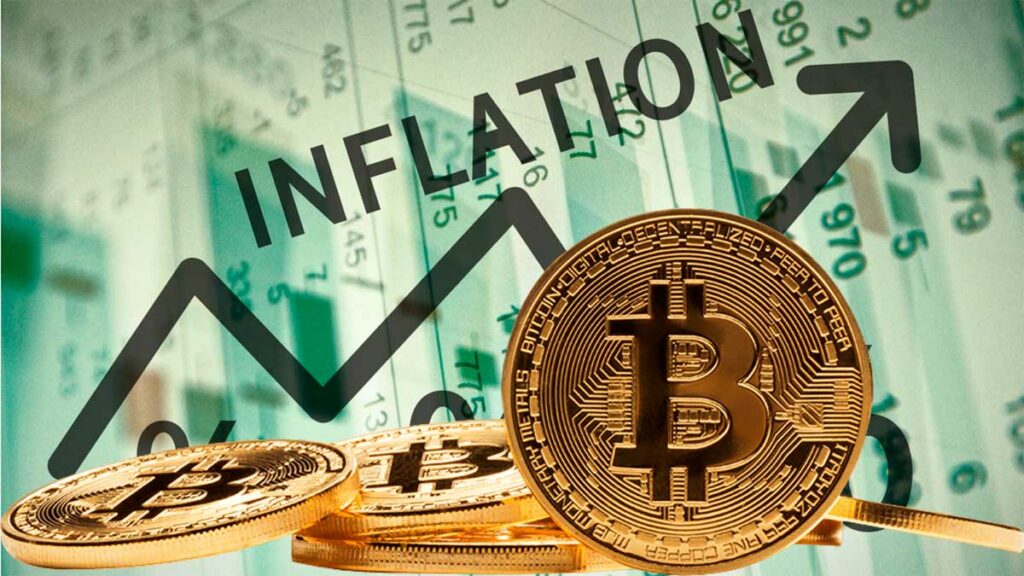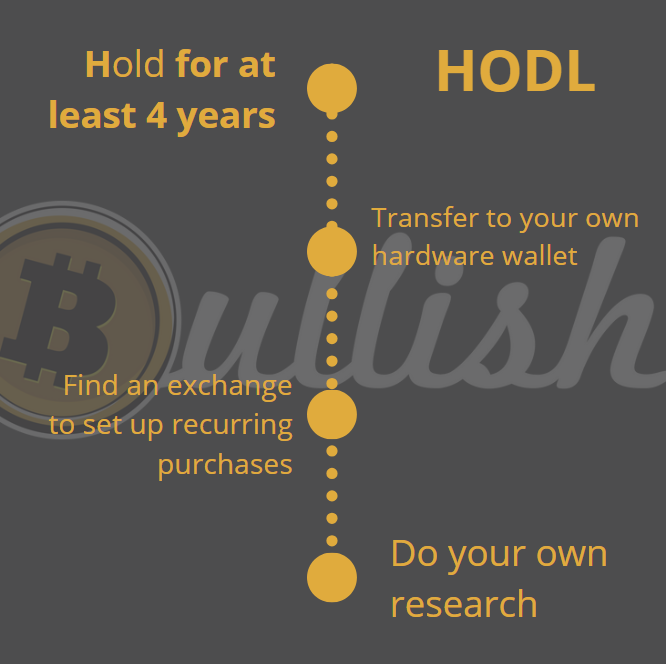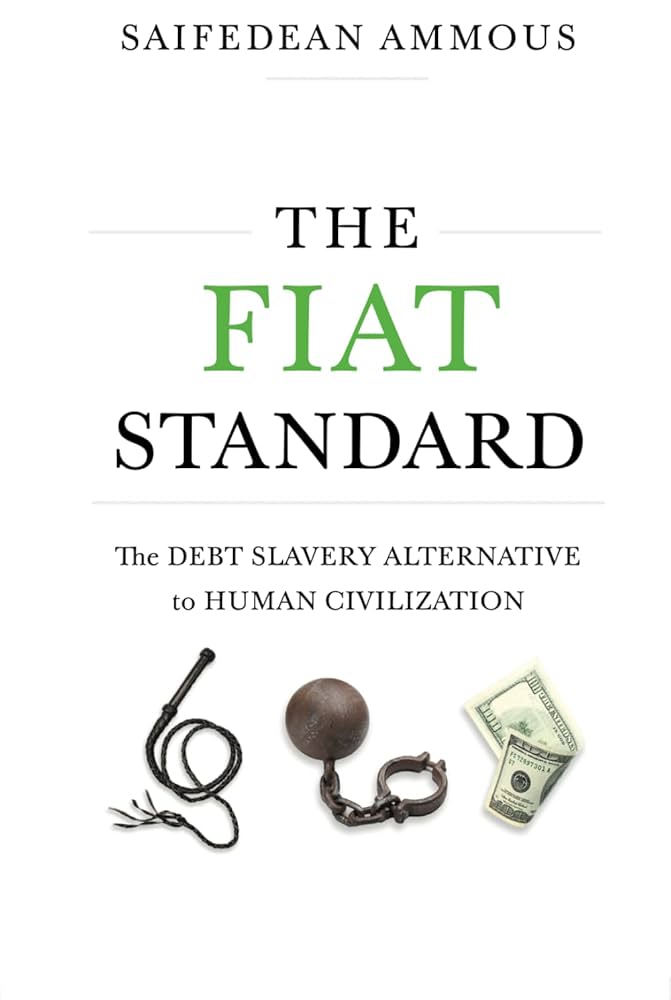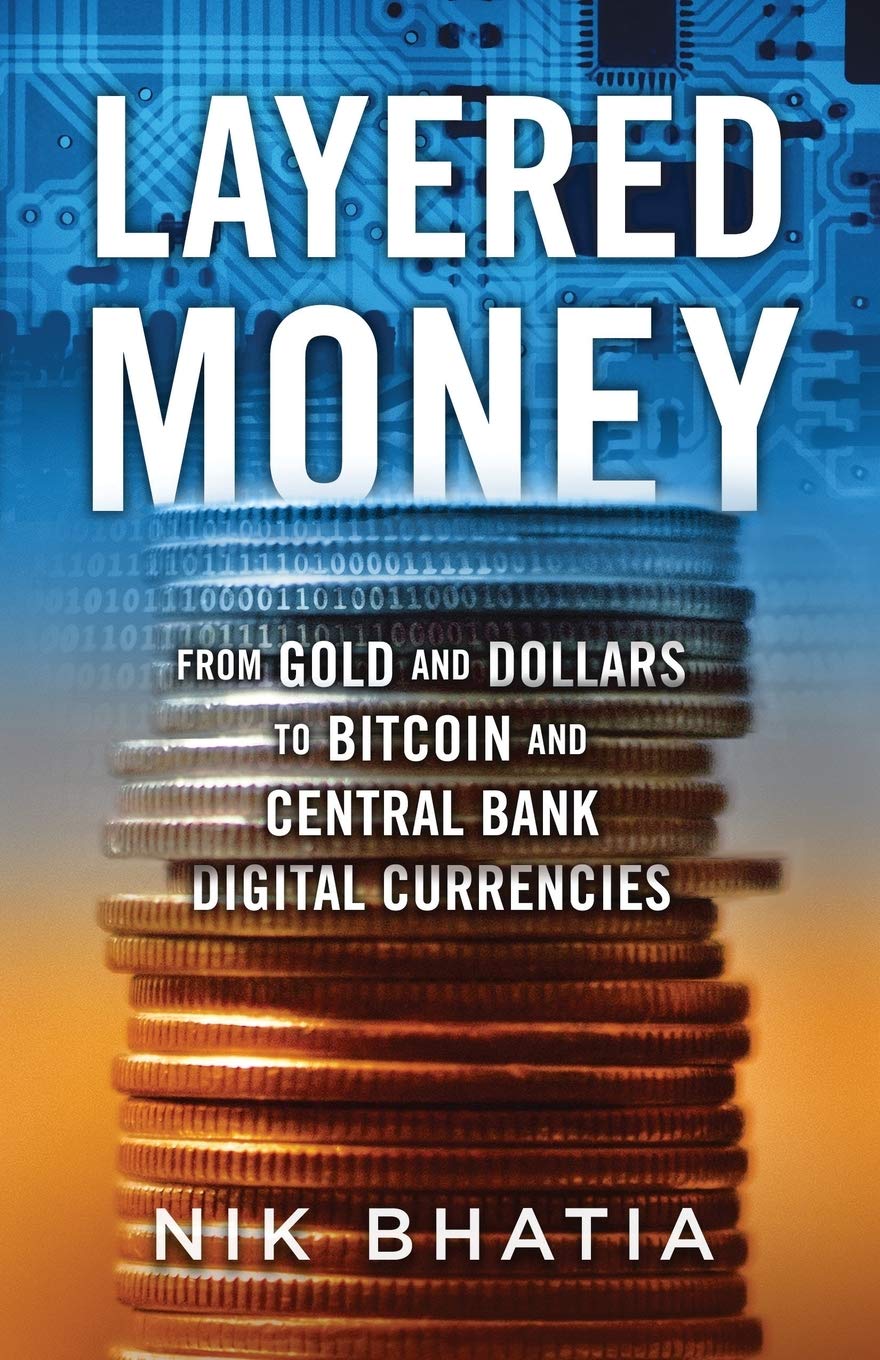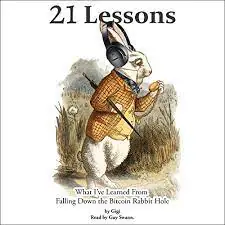BITCOIN AS
SOUND MONEY
BITCOIN AS
SOUND MONEY
Explore how Bitcoin restores financial integrity with fixed supply, decentralization, and resistance to inflation. This resource breaks down why Bitcoin isn’t just digital currency—it’s the foundation for a more stable, honest monetary future.

"Bitcoin fixes the root of economic instability: money that loses value over time.”
– Saifedean Ammous

"Bitcoin fixes the root of economic instability: money that loses value over time.”
– Saifedean Ammous
Featured
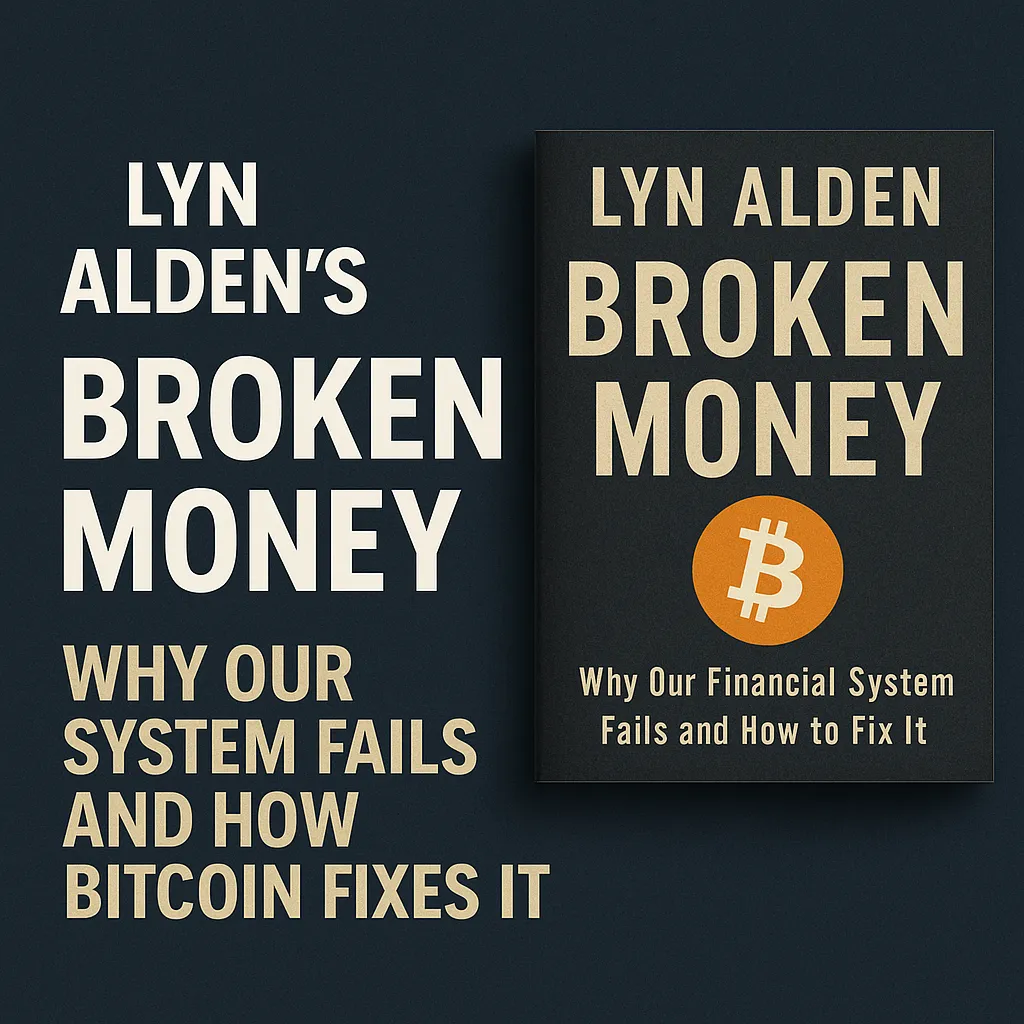
Lyn Alden’s Broken Money: Why Our System Fails and How Bitcoin Fixes It
When people think of money, they often imagine dollar bills, coins, or numbers on a bank app. Rarely do they stop to ask what money actually is—and what makes it work, or fail. Lyn Alden’s book Broken Money tackles these questions head-on, tracing the evolution of money through history, diagnosing why today’s system is fragile, and exploring how Bitcoin offers a viable path forward.
This isn’t a book about price predictions or hype. It’s a sober, meticulously researched exploration of why money matters more than most people realize, how it went off track, and what a better system might look like.
You can find the book here 👉 Broken Money
How Money Broke
For most of history, money was rooted in something scarce and hard to produce. Gold and silver became the dominant forms because they were durable, divisible, and trusted across civilizations. These metals limited governments’ ability to inflate, forcing them to operate within constraints.
But the 20th century marked a turning point. The First World War pushed nations off the gold standard temporarily. The Second World War reshaped the financial order entirely. By 1971, the U.S. had fully abandoned gold backing, ushering in the modern era of fiat money—currencies issued by governments, with value sustained by decree rather than scarcity.
At first, the new system seemed to work. Trade expanded, financial markets boomed, and credit became more accessible. But beneath the surface, cracks formed. Without the anchor of hard money, governments could expand debt indefinitely, funding deficits by creating new currency. Central banks became the managers of an increasingly complex balancing act: stimulate growth without letting inflation spiral out of control.
The result, Alden argues, is “broken money.” Inflation erodes savings. Asset bubbles form and collapse. Inequality widens as those closest to the flow of new money—banks, large corporations, asset holders—benefit disproportionately, while wage earners struggle to keep up. The system doesn’t collapse outright, but it no longer serves its primary function: to reliably store and measure value.
Technology’s Role in the Evolution of Money
Money has always adapted alongside technology. The printing press enabled mass production of paper currency. The telegraph sped up global settlements. Payment networks and credit cards digitized transactions for the modern era.
Yet while transactions have become faster and more convenient, the underlying money itself remains fragile. The dollar, euro, and yen are still governed by political discretion, their supply expanding as debt grows. The convenience of modern finance masks the brittleness of its foundation.
Bitcoin, Alden argues, is the next chapter in this technological arc. It takes the monetary properties of gold—scarcity, durability, neutrality—and merges them with the global connectivity of the internet. It is money designed for a digital age: portable across borders, verifiable in seconds, and protected by cryptography rather than central banks.
Why Broken Money Matters
A broken monetary system isn’t just an abstract concern for economists—it shapes everyday life. It determines whether wages keep pace with living costs, whether savings hold their value, and whether future generations inherit opportunity or debt.
Inflation doesn’t just make groceries more expensive; it quietly redistributes wealth from savers to debtors, from the young to the old, from the working class to the asset-owning elite. Meanwhile, financial instability creates cycles of boom and bust that erode trust in institutions.
Bitcoin, in contrast, offers a set of fixed rules that no central authority can bend. Its supply is capped at 21 million. Its transactions are secured by a decentralized network of miners and nodes. Its operation is global, permissionless, and transparent. In a world of broken money, it represents not perfection, but progress—a system designed to resist the flaws that plague fiat.
Why You Should Read Broken Money
Lyn Alden is uniquely positioned to tell this story. She blends a background in engineering with deep macroeconomic analysis, connecting historical insights with practical investing lessons. Broken Money is not a Bitcoin sales pitch—it’s a history of how money evolves, why it matters, and why the status quo is unsustainable.
For anyone who wants to understand not just what Bitcoin is, but why it exists, this book is essential reading. It shows that Bitcoin is not a speculative fad but a response to the very real dysfunction of our monetary system.
Grab your copy here 👉 Broken Money
Shout out to BullishBTC.com for making Bitcoin education accessible for everyday people navigating this monetary shift.
Bitcoin: The Perfect Solution to Broken Money
The Stories We Tell About Money
The Bitcoin Standard | Saifedean Ammous
True Cost of Inflation | Michael Saylor and Lex Fridman
Explained: What Is Sound Money?
Escaping the Global Banking Cartel - Bitcoin as an Exit
No More Inflation | Why Everything Gets More Expensive & What We Can Do About It
Hard Money - WTF Happened in 1971?
OUR GOAL
Our goal is to educate others on the value of owning Bitcoin from both a financial and humanitarian perspective.
QUICK LINKS
© 2025, BullishBTC. All rights reserved.

